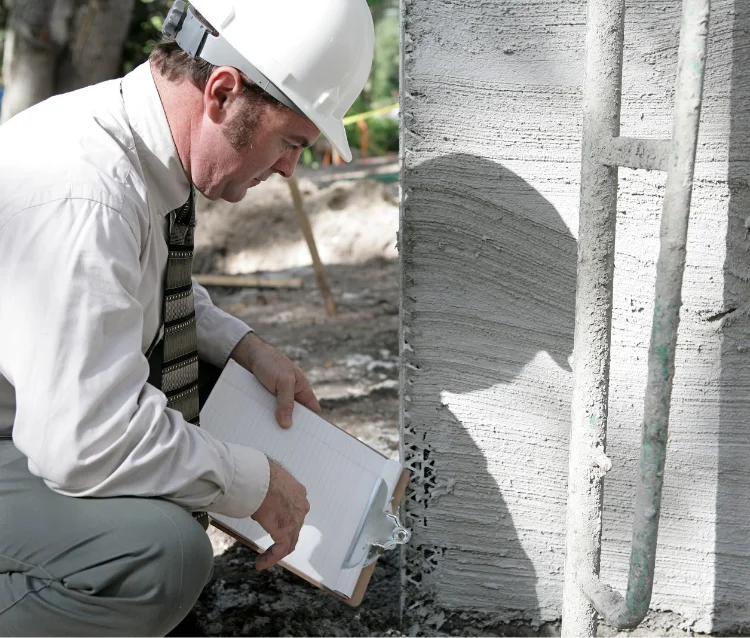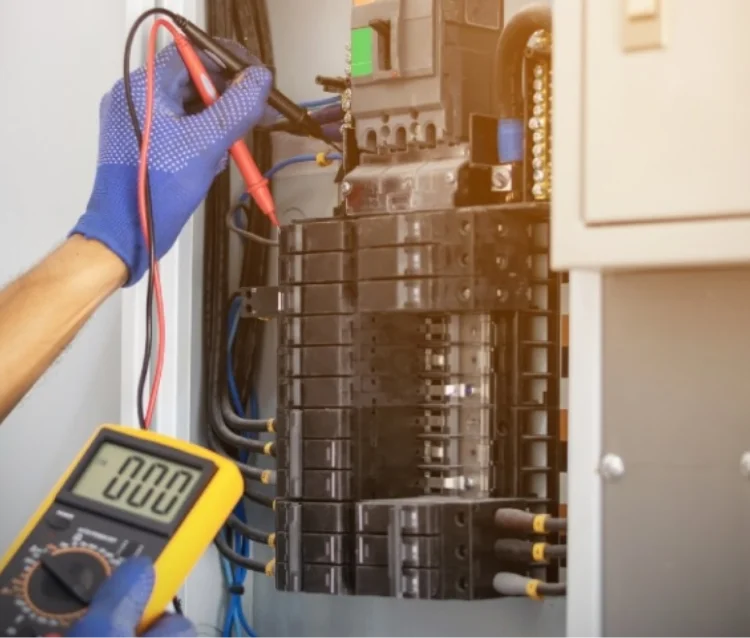Our Process for Water Intrusion Investigations in Florida with Souffront
Initial Consultation

On-Site Testing & Inspection

Cause Analysis

Detailed Report


We use specialized tools and techniques to trace leaks to their exact origin, even if hidden within walls or roofing systems.

We create detailed moisture maps to visualize the spread and saturation levels of water in building materials.

We assess roofing, windows, doors, walls, and waterproofing systems for potential weaknesses.

When necessary, we collect and analyze samples to confirm water source composition and detect contaminants.




We’ve completed a range of high-quality residential and commercial properties, built withprecision, care, and client satisfaction in mind.
We conduct thorough inspections at every stage to ensure your property meets all safety, structural, and quality standards.
All necessary building and zoning permits are secured before construction begins, ensuring full compliance with local regulations.
We help identify and resolve building code violations, ensuring your property is fully legalized and up to current standards.

Our team includes certified forensic investigators with years of experience in leak detection.

We use infrared cameras, ultrasonic detectors, and precision moisture measurement tools.

We don’t just find the leak — we help you fix it and prevent it from returning.

Our work ensures your property meets Florida’s building and safety codes.

We provide clear communication, transparent reporting, and dependable support.
According to Florida Statute Chapter 553 Section 71, a threshold building is defined as any building that is greater than three stories or 50 feet in height, or any building that has an assembly occupancy classification as defined in the Florida Building Code which exceeds 5,000 square feet in area and an occupant content of greater than 500 persons.
Threshold buildings are subject to stricter building code requirements due to their potential to cause significant damage or loss of life in the event of structural failure. These requirements apply to buildings that have structural elements which support vertical loads and lateral forces and are categorized as such due to their importance to the community.
The threshold building code requirements also apply to any building that is deemed to have a high risk of structural failure due to its location, occupancy, or type of construction. Additionally, any structure located in a Special Hazard Area or High-Velocity Hurricane Zone as defined by the Florida Building Code must comply with stricter building code requirements to ensure its ability to withstand severe weather conditions.
A threshold inspection is a mandatory inspection required by the state of Florida for certain types of buildings. The inspection is designed to ensure that the structural elements of a building comply with the permitted construction documents and the Florida Building Code. The inspection is required for buildings that are categorized as threshold buildings, which are buildings that have structural elements that support vertical loads and lateral forces and are deemed to have a high risk of structural failure due to their location, occupancy, or type of construction.
A threshold inspection is required for buildings that are greater than three stories or 50 feet in height, or any building that has an assembly occupancy classification as defined in the Florida Building Code which exceeds 5,000 square feet in area and an occupant content of greater than 500 persons (already discussed in the previous question). The inspection must be conducted by a licensed threshold inspector (or Special Inspector) who is trained and qualified to inspect the structural elements of the building.
A threshold inspection must be performed by a qualified and registered threshold inspector, as per the Florida Administrative Code 61G1-25.003.
A threshold inspector is defined as an individual who is registered with the Florida Department of Business and Professional Regulation (DBPR) as a Threshold Inspector and has met the requirements for registration. These requirements include holding a current and valid certificate of competency as a General, Building, or Residential Contractor, or a Structural Engineer or Architect license issued by the State of Florida.
Also, to be accredited:
The professionals must possess a minimum of two years of experience in the field of structural architecture for threshold buildings.
The professional should have conducted structural inspections for a minimum of three years, with at least three of those inspections being for threshold structures, all within seven years of submitting their certification application.
A special inspector (SI) or threshold inspector (TI) is an engineer or architect with specialized training and licensing in ensuring the safety and soundness of buildings. Their major duty is to make sure that the structural components of a building that is to be considered complete have passed all required inspections. CMU, cast-in-place concrete, steel reinforcement, shoring/restoring, post-tension wire, precast/prestress elements, metal studs, external window structures, and timber frame systems are only some of the structural elements that need to be inspected. The ability to climb ladders and navigate ordinary building terrain is a must for this position.
Additionally, a threshold inspector must check that the shoring and reshoring have been assessed to ensure they are in line with the shoring timetable and inspect all structural parts by the Threshold Inspection Programme. They may also keep tabs on the concrete's placement and conduct checks or queries in the field.
The inspector may participate in meetings with project engineers, other inspectors, and construction employees before the start of the project. They have to be committed to and supportive of the implementation of all site-specific safety and security procedures and processes.
The engineer or architect will thoroughly inspect the building before a set threshold. They will closely examine the report and compare it to the building's sketches and structural documentation of the components to be inspected. Once they arrive, they will assess various aspects of the building, such as the placement of concrete and its slump, structural elements and interfaces, grout placement, and reinforcement of steel parts before concrete construction. If there are any deviations from the guidelines or requirements, they will notify the general contractor or project manager who must address these issues before a declaration of compliance can be issued. Once all structural work is satisfactorily completed, the inspector will provide a signed and sealed declaration to the local compliance department certifying that all load-bearing components comply with approved documentation.
